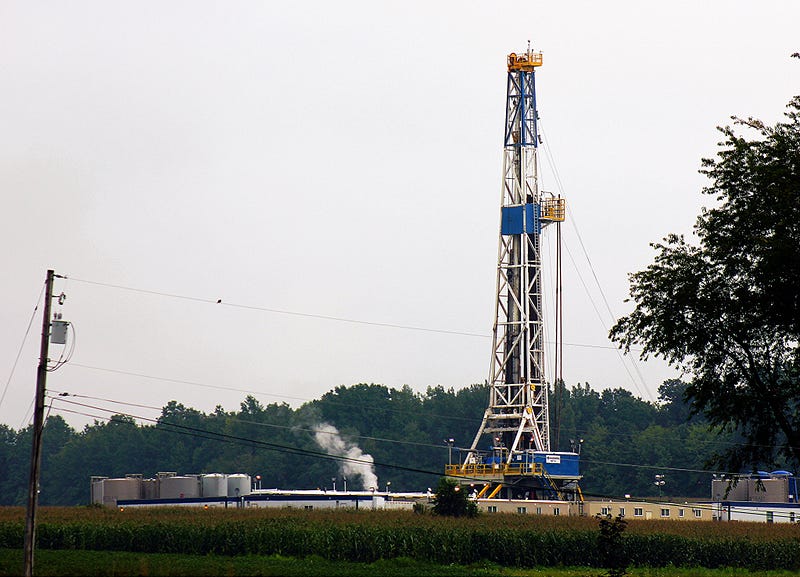Fracking's Impact on Health and Environment in Northern Pennsylvania
Written on
Chapter 1: Understanding Fracking
Fracking, or hydraulic fracturing, is a method where high-pressure liquid is injected into underground formations to open fissures for extracting oil or gas. This practice raises significant concerns regarding environmental and public health.
According to a National Geographic article by Christina Nunez, there are several drawbacks to fracking, including increased emissions from truck traffic, diesel-powered equipment, and the release of pollutants during operations. A General Accounting Office report from September 2012 highlights that shale oil and gas extraction threatens water quality, with risks stemming from surface and groundwater contamination due to ground disturbance, chemical spills, and gas leaks.
Section 1.1: Effects on Agriculture
A study from Penn State Extension shows alarming trends in counties with a high density of dairy farms. Specifically, those with more than 150 shale wells saw a 16.3% drop in dairy cattle between 2007 and 2010, contrasting with a 2.7% rise in counties without such wells. Researchers theorize that financial incentives from mineral royalties may lead some farmers to retire, while others feel compelled to leave due to the adverse effects of fracking.
Subsection 1.1.1: Health Risks Associated with Fracking

A study published in the Proceedings of the National Academy of Sciences identified traces of a common fracking chemical in homes in Bradford County, where household incomes are notably lower than the state average. Additionally, a recent University of Pittsburgh study revealed that children living near natural gas wells face heightened risks of developing rare cancers, like Ewing Sarcoma, and are more susceptible to severe asthma attacks.
Section 1.2: Economic Trade-offs
Despite the immediate economic benefits touted by fracking proponents, the long-term consequences for local communities and wildlife are severe. The Marcellus Shale spans approximately 95,000 square miles across parts of Ohio, Pennsylvania, and West Virginia, areas that often experience elevated poverty levels correlated with active fracking operations. Furthermore, the prevalence of radon, a leading cause of lung cancer, is significantly higher in buildings near these gas developments.
Chapter 2: Raising Awareness and Advocacy
The first video, "Living with Fracking in Washington County, Pennsylvania," provides insight into the personal experiences of those living near fracking sites, highlighting the environmental and health challenges faced by local residents.
The second video, "An Aerial View of Hydraulic Fracking Along The Marcellus Shale," offers a visual overview of the expansive fracking operations in the region, underscoring the scale of the environmental impact.
In conclusion, my concern for fracking is deeply personal as a resident of Bradford County. This article aims to inform and empower residents across Pennsylvania, Ohio, and West Virginia to advocate for their families and protect against potential health risks. Thank you for engaging with this critical topic.